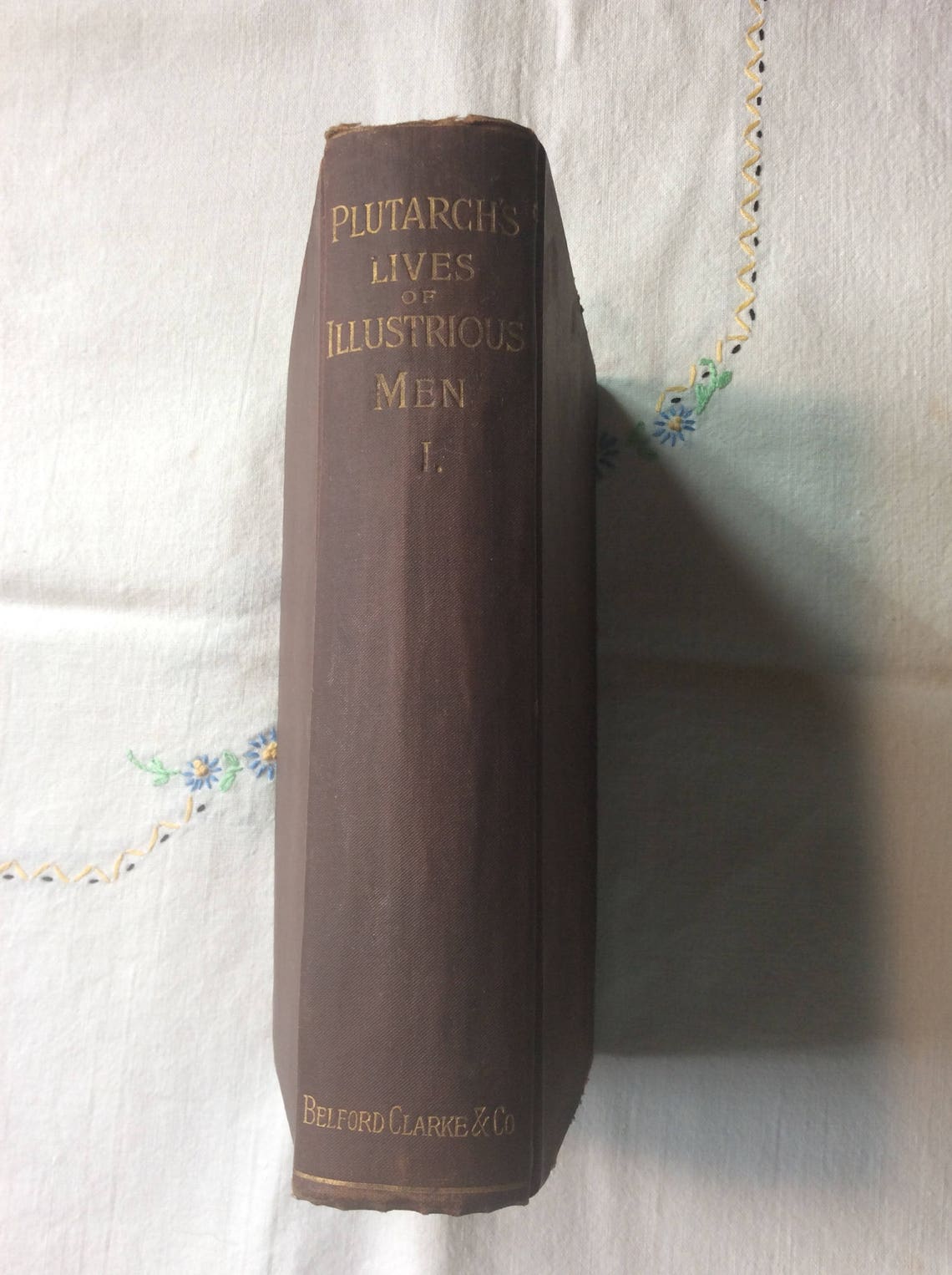

In the age of Hollywood, Plutarch has something of a style problem. Today, many regard his work as the musty old thing in the attic. All in all, Plutarch's reputation is not what it used to be. Worse, they sometimes elicit hostility from teachers, especially among those who want to feature contemporary issues and new heroes.

Even short extracts in translation are challenging. In addition, Plutarch's language is daunting. Teachers often wonder if classical stories and the role models they hold up have much bearing on contemporary student life. The Lives present a challenge for teachers, as do other classical works: Gladiators may have some student appeal, as the success of the recent film 300 suggests, but the classics' more typical fare is a tougher sell. But when I reflect on our time together, what really stands out is one memorable June afternoon meeting centered on Plutarch's Lives of the Noble Grecians and Romans. I learned a lot from those teachers, including where the classics can better fit into history and English lessons. Part of a three-year National Endowment for the Humanities project, the two-week workshop explored lessons and resources for high school classrooms, connecting antiquity to the here and now. In the summer of 2006, at the Huntington Library in San Marino, Calif., I had the pleasure of working with a dozen Los Angeles high school teachers, test-driving the classics in the curriculum.


 0 kommentar(er)
0 kommentar(er)
